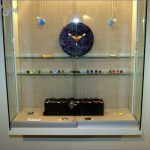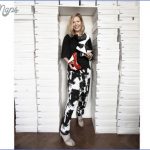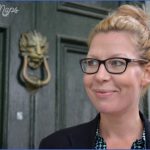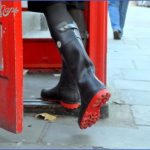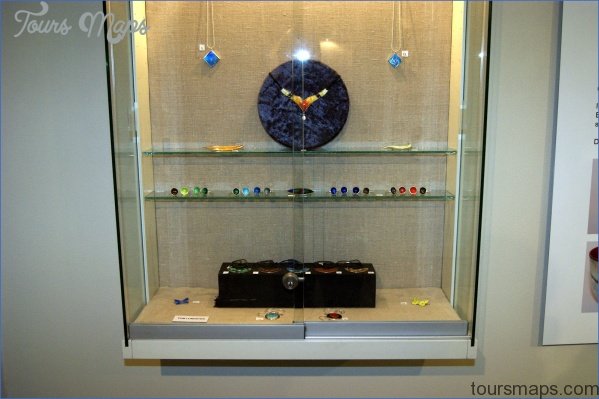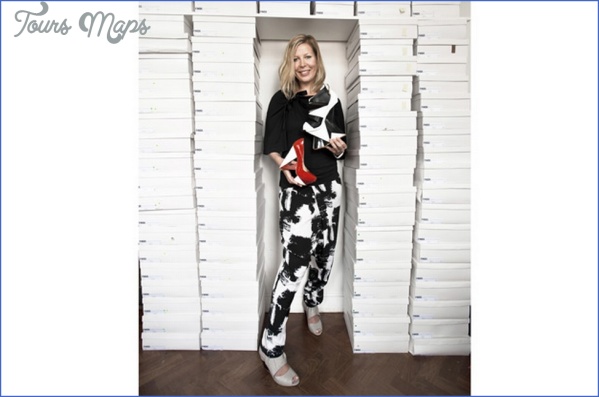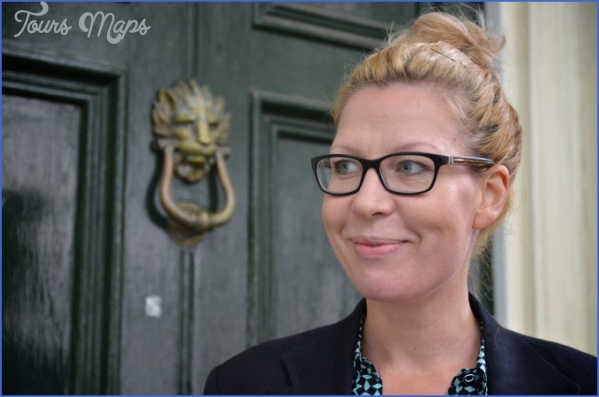LUNDSTEN MUSEUM
The houses of Ralph Lundsten, the Swedish electronic music pioneer, are museums in the making. Born in 1936 in the small northern village of Ersnas, 15 km south of Lulea on the E4, he spent part of his childhood under the wing of an uncle whose farmhouse he eventually inherited. Haarsgarden, where his parents had been married and where he was born, was acquired by a devoted fan, Christina Holmberg, who has turned it into a restaurant and social centre for the village, renaming it the Ralph Lundstengarden. A small room off the former kitchen (now dining-room), decorated in Lundsten’s favourite bright pink, is devoted to him: on display are a harmonium and a guitar, portraits and a copy of the certificate appointing him ‘Ambassador for Lulea’ in 1999; there one can purchase posters, CDs and copies of Lundsten’s Lustbarheter (‘Pleasantries’, 1981). The restaurant serves appropriately named dishes (‘Cosmic Reindeer’, ‘Wood-Siren’s Hamburger’).
LUNDSTEN MUSEUM Photo Gallery
Lundsten is very much a child of his time, a free spirit and ‘champion of fantasy’. Although he left home near the Arctic Circle for Stockholm when he was 15, his music reflects his background: it is more soundscape than composition in any traditional sense. It also reflects his humour, love of word play, Swedish sensuality and ‘New Age’ take on the world. At first inspired by Bartok’s Fourth String Quartet and Stravinsky’s Rite of Spring in the mid-1950s, he experimented with a tape recorder and a synthesizer in the 60s. In 1959 he founded Andromeda, his own picture and electronic music studio; he developed a system to produce music in an ‘immaterial’ 12-note scale on a television screen, and a Love Machine, which ‘generates sound and light by contact with the skin, reacting to the emotional state of the performers’. Lundsten has been prolific and successful. His output, more than 600 works, some purely electronic and others more conventional, is still expanding; he has composed for dance, theatre, films, radio and television, and his music has proved a useful adjunct to meditation and a range of therapies. His ‘Out in the Wide World’ is the signature melody for Radio Sweden international broadcasts. His ballet Bewitched is performed annually in July near Ersnas, where a waterfall provides the backdrop for the dancers and the audience sits on rocks. In 1995 he won the Schwingungen-Preis – the electronic music ‘Oscar’ – and his Joy of Being was played at celebrations of the 50th anniversary of the United Nations. Since 1970 Lundsten has lived and worked at Castle Frankenburg, his own 19th-century ‘wooden fairy-tale mansion’, which will eventually pass to the Museum of Music in Stockholm. There are plans in place to make his ‘Pink Castle’ a museum, with a purpose-built computer museum annexe at the back. Brightly painted, the castle is really a balconied house perched on a hillside overlooking the Stockholm archipelago. The interiors are as eclectic as his music: the main sitting-room dominated by an adult, pink patchwork-quilt-covered playpen and a giant television, a conservatory at the rear, and access from the kitchen to a small, three-storey, stained-glass-lit tower, with a meditation room at the top. Pride of place goes to his Andromeda Studio, neatly lined with complex electronic equipment (connected by 20 km of cabling) with a camera that he has used to ‘play his face’, a 32-channel synthesizer and the Love Machine. On the remaining wall space are framed portraits of Lundsten, set off by coloured lights and a series of ‘planets’ suspended from the blackened ceiling. The studio is open by appointment for study and teaching.
Maybe You Like Them Too
- Top 10 Islands You Can Buy
- Top 10 Underrated Asian Cities 2023
- Top 10 Reasons Upsizing Will Be a Huge Travel Trend
- Top 10 Scuba Diving Destinations
- World’s 10 Best Places To Visit

